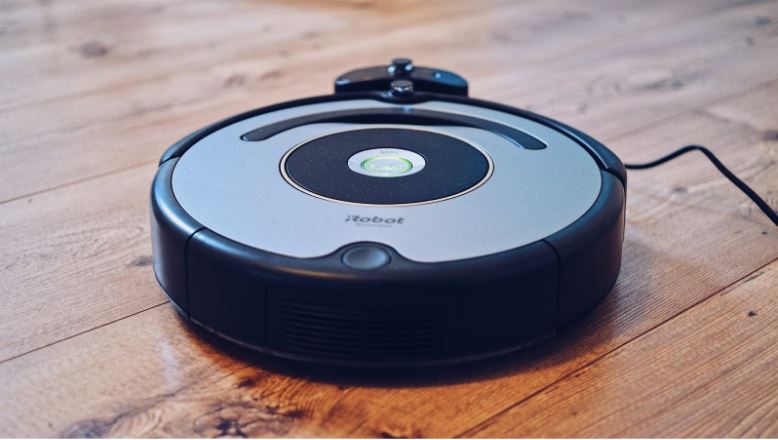Motorised vacuum cleaners have come a long way since they first came on to the market at the turn of the twentieth century. Today, robot vacuums are becoming all the rage. These autonomous robotic vacuum cleaners have intelligence programs which allow them to “self-drive”. That means they clean automatically without the need for human control; although some designs include manual operation via remote control as well
Robot vacuums are quieter than regular vacuum cleaners, and many include additional features like spinning brushes, mopping-capabilities and UV sterilisation. Robot vacuums are fantastic pieces of technology, but how do they work? Find out by reading the following insightful information.
Types of Robot Vacuums
Over the last few years, robot vacuums have evolved from being novelty items to being must-have home appliances. Today’s robotic vacuum cleaners are less expensive than they were in previous years. Furthermore, the number of features has increased as well. If you are thinking of purchasing one, there are many different models on the market. Some of the best robot vacuums available are:
- iRobot 675 Roomba: This has a three-stage cleaning system, and it can be connected and scheduled from anywhere.
- Eufy BoostIQ RoboVac 30: This has an excellent combination of features, performance and value.
- DEENKEE Robot Vacuum DK600: This has a long-run time and thorough cleaning capabilities.
 Sensors
Sensors
How does a computerised vacuum cleaner find its way around your home? How does it know which areas it has already cleaned? A robot vacuum may sound like it is straight out of a science fiction film, but there are simple answers to the above questions. Robot vacuums have a variety of sensors that allow them to navigate an area. Those sensors trigger behaviour programs so the robot can respond accordingly.
Although the sensors each model of vacuum has will differ from one manufacturer to another, the majority of robot vacuums use the following sensors:
- Obstacle Sensors: These are near the robot’s shock-absorbing bumpers. When the cleaner interacts with an obstacle like a sofa or a coffee table, the sensor is triggered. The vacuum then turns to find an alternative path.
- Wall Sensors: By detecting walls with infrared wall sensors, robot vacuums can follow walls to clean along the edges. These sensors also allow vacuums to clean without bumping and scuffing the walls.
- Cliff Sensors: These are a safety requirement for all robot vacuums. Cliff sensors measure the distance to the floor via infrared signals. If the messages do not bounce back immediately, the robot knows it has reached a staircase or another “cliff” scenario. It will then change its direction.
Mapping Methods
Newer and high-end robot vacuums have self-navigation systems. These use mapping technology so the robot can plot the most efficient routes through rooms. Different manufacturers use different types of mapping systems, but all utilise two main methods.
- With the first method, the robot uses an onboard digital camera.
- The second method involves using a laser range finder, which measures the distance of objects in the robot’s path.
Both methods involve the vacuum using that collected-data in combination with the information it obtains through its sensors to gradually create a map of each room it cleans. These mapping methods allow the robot vacuum to know where it has been and where it needs to go.
Ultimately, robot vacuums are becoming an extremely popular option amongst tech-savvy homeowners. Are there any downsides? Not many, however the team at BetterDefend highlight that there have been instances of robot vacuums being hacked to spy on you. Thankfully this is unlikely, as it generally requires the hacker to have physical access to the vacuum.

